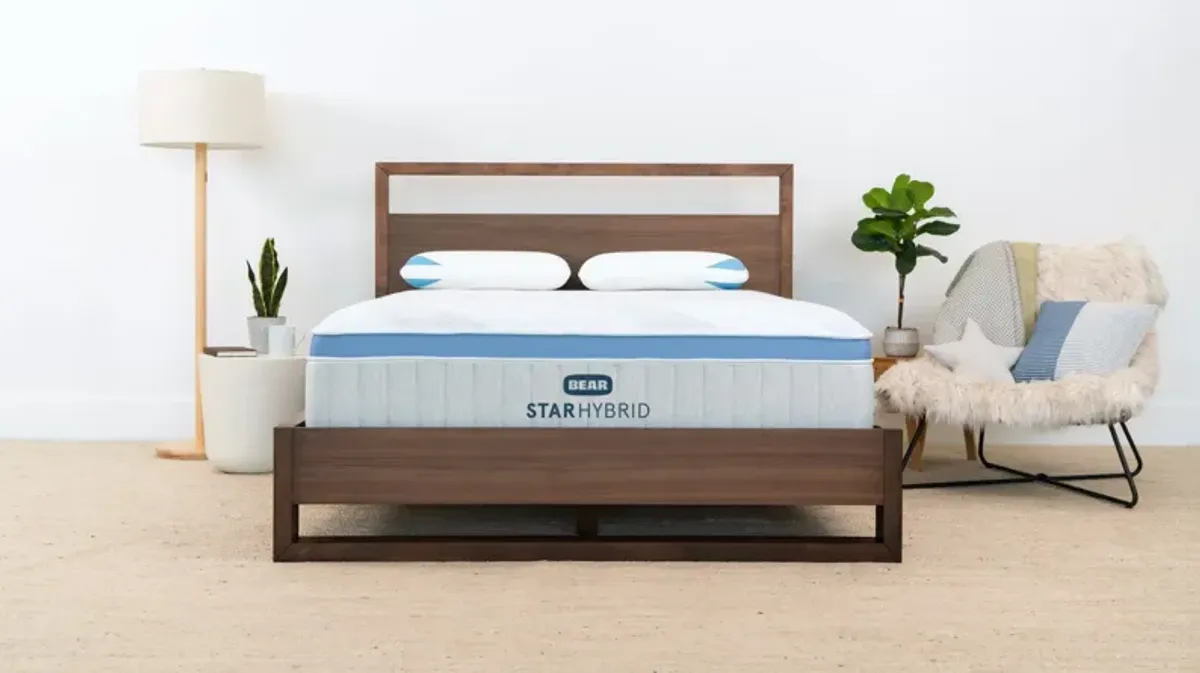You're on the list
By signing up, you agree to receive email marketing.











































































































































































































































































As a general rule, consider replacing your mattress every six to eight years. However, this timeframe is only a guideline and can change depending on the quality of your mattress, how you use and maintain it, and your individual preferences.
There are several different ways to tell when to replace a mattress. For example, sagging or noticeable body impressions are reasonable indications that it's time for a replacement.
Even without physical signs, if you find your allergies increasing or the quality of your sleep deteriorating, it could mean your mattress is at the end of its life, and it's time for a new one.
Your sleeping position determines what mattress provides the most comfort and support:
For side sleepers, a softer mattress that forms to your body's curves and relieves pressure on your hips and shoulders is best. Memory foam and hybrid mattresses are two common types that fit the bill.
For back sleepers, consider a medium-firm option to support your spine's natural curve.
For stomach sleepers, look for a firmer mattress that stops your body from sinking too much to avoid straining the spine.
When selecting your mattress size, consider the following:
How much sleeping space you like
The size of your room
Whether you're sleeping alone or with a partner:
A twin or twin XL is your best bet for a single person with limited space. Full-size mattresses — sometimes also called doubles — provide more space for single sleepers, but they can also comfortably fit two people, especially if they don't mind being snug.
The most popular choice among couples is a queen mattress, as this size provides ample space without taking up too much room. Finally, king and California king sizes are excellent for couples needing maximum personal space or for families with kids or pets.
You're on the list
By signing up, you agree to receive email marketing.